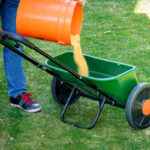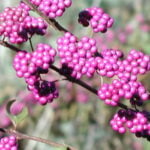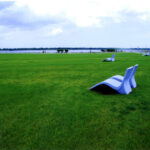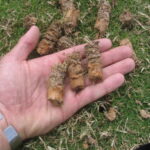
As the azaleas start blooming and the weather warms up across the Midlands, it’s clear that spring has arrived. To help your lawn look its best, these spring lawn care tips for Columbia will guide you through the key steps to take so your grass grows thick, green, and healthy before summer sets in.
1. Time Your First Mow
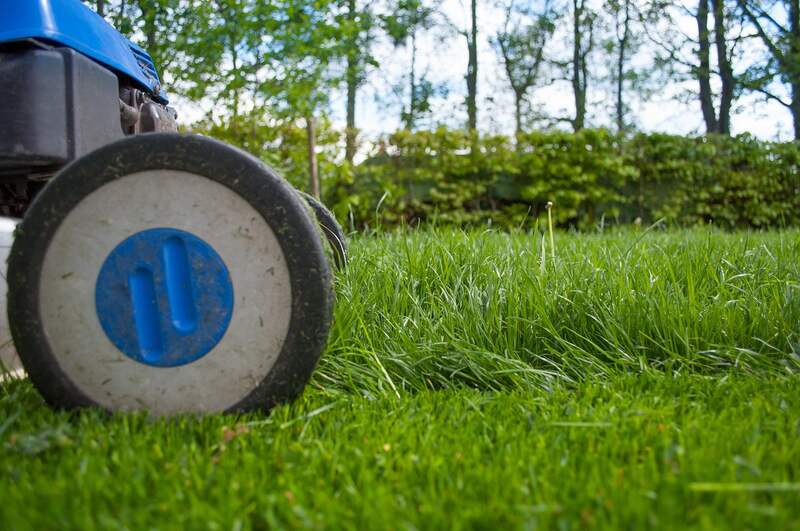
In Columbia, you can begin mowing your lawn once your grass has fully come out of dormancy and the last frost has passed—which typically happens by late April.
If your lawn includes tall fescue, a cool-season grass, expect to mow more frequently during spring, since it’s at its peak growth this time of year.
No matter your grass type:
- Sharpen your mower blades. Dull blades can damage grasses, making them more vulnerable to disease.
- Avoid cutting more than one-third of the grass blade height at a time to keep your lawn healthy.
See Related:
— How to Mow a Lawn the Right Way
— What is the One-Third Rule for Mowing Grass?
2. Avoid Overwatering Your Lawn
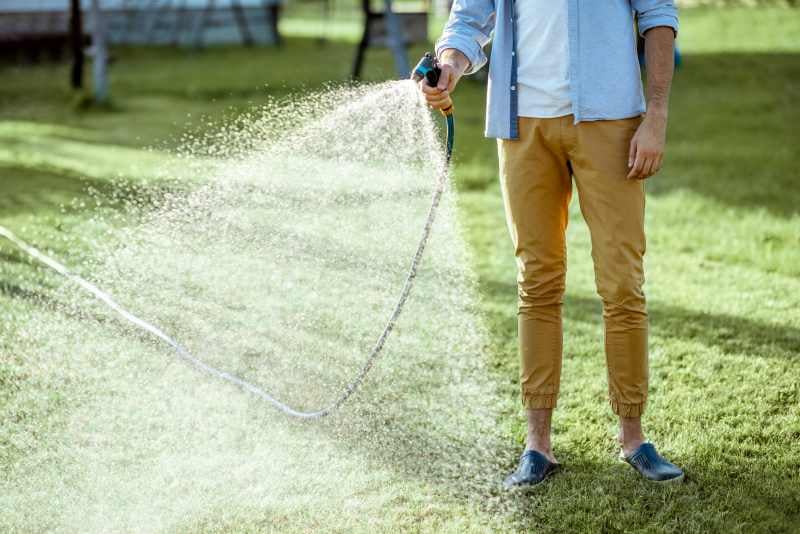
Watering grass is less important during spring, so take care not to overwater your lawn.
Spring Watering Tips:
— If your soil is still moist to the touch, do not water your grass.
— If the rain forecast predicts more than 1 inch of water per week, you don’t have to water either.
— Wait for the top 2 inches of soil to be dry before watering, and when watering, try to have the water penetrate about 6 inches deep into the soil.
By watering as infrequently and deeply as possible, you’ll allow your grasses to begin growing healthier, deeper root systems that can help resist pests and diseases.
See Related:
— Signs of Overwatering Your Lawn
— How Long Should I Water My Lawn?
— Signs Your Lawn Needs Watering
3. Stay Ahead of Weeds
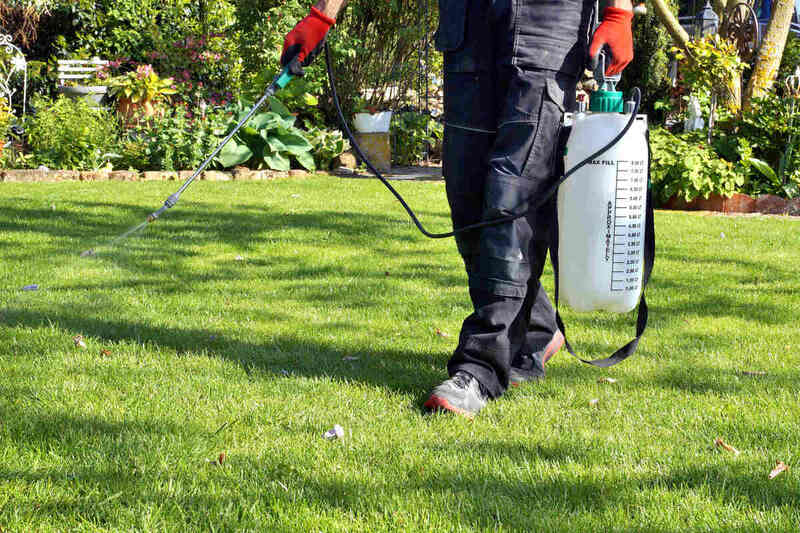
If you want to avoid a full-blown weed invasion later, the key is to fight weeds early. Apply a pre-emergent herbicide in mid-March, just before weed seeds begin to germinate.
For continued protection, apply a second round of pre-emergent 8 to 10 weeks later.
After that, any stragglers can be removed by hand while they’re still small or spot-treated with a post-emergent herbicide.
See Related:
— Common Lawn Weeds in South Carolina
— How to Apply Pre-Emergent Herbicides
— Best Pre-Emergent Herbicides for Lawns
— Best Post-Emergent Herbicides
4. Fertilize at the Right Time
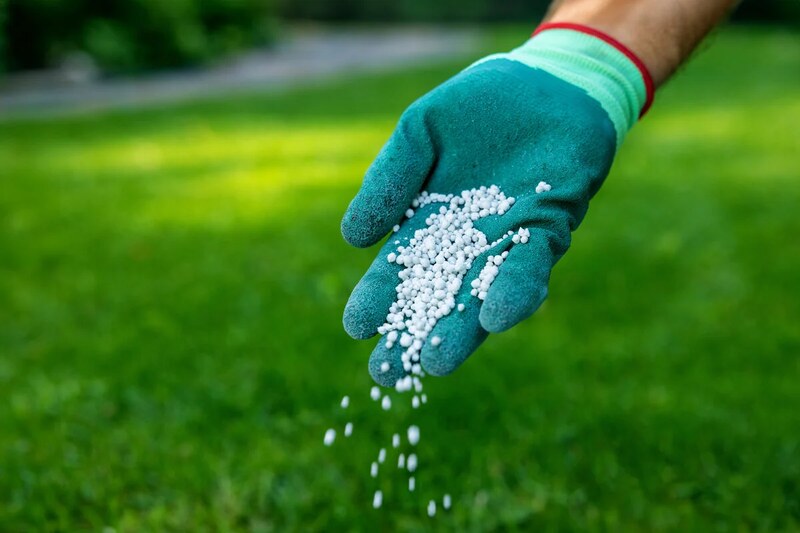
In Columbia, most lawns are made up of warm-season grasses like Bermudagrass, Zoysia, or centipedegrass. For these grass types, the best time to fertilize is when temperatures start to warm up consistently — typically in early to mid-May. A good rule of thumb is to wait until nighttime temperatures are around 70 degrees.
If your lawn includes tall fescue, a cool-season grass, it’s better to hold off on fertilizing until fall.
When fertilizing, ensure that you spread the product out as evenly as possible, avoiding any clumps. After a fertilizer application, very lightly water your lawn to push the fertilizer off your grass blades and into the soil, but do not heavily water, as most of the fertilizer will then simply be washed away.
See Related:
— How to Fertilize Your Lawn
— Slow-Release vs Quick-Release Fertilizer
— Common Fertilizer Mistakes to Avoid
5. Dethatch (if Needed)
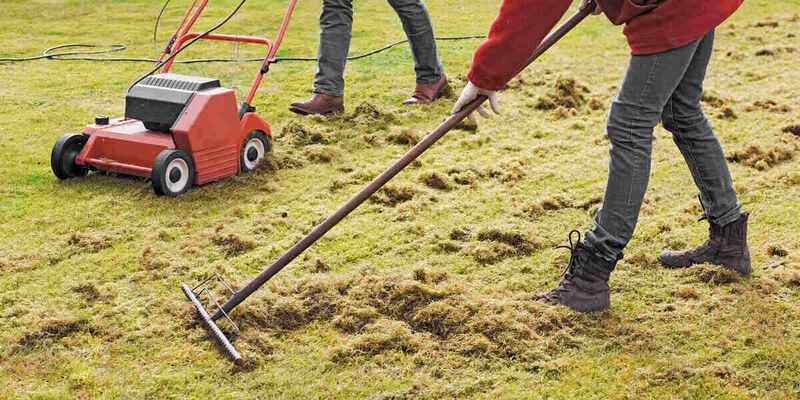
Sometimes, a lawn can build up a layer of organic material above the surface known as thatch. A moderate amount of thatch is beneficial to a lawn, making it more resistant to foot traffic. However, if this layer grows thicker than half an inch, it is time to dethatch.
If your lawn is made up of warm-season grass like Bermuda or Zoysia, and the thatch layer is thicker than 1 inch, it’s a good idea to dethatch in early spring.
If your lawn is made up of tall fescue, you likely won’t need to worry about dethatching.
See Related:
— How to Dethatch Your Lawn
— When to Dethatch Your Lawn
— What to Do After Dethatching Your Lawn
— Top 10 Benefits of Dethatching the Lawn
6. Aerate to Relieve Compacted Soil
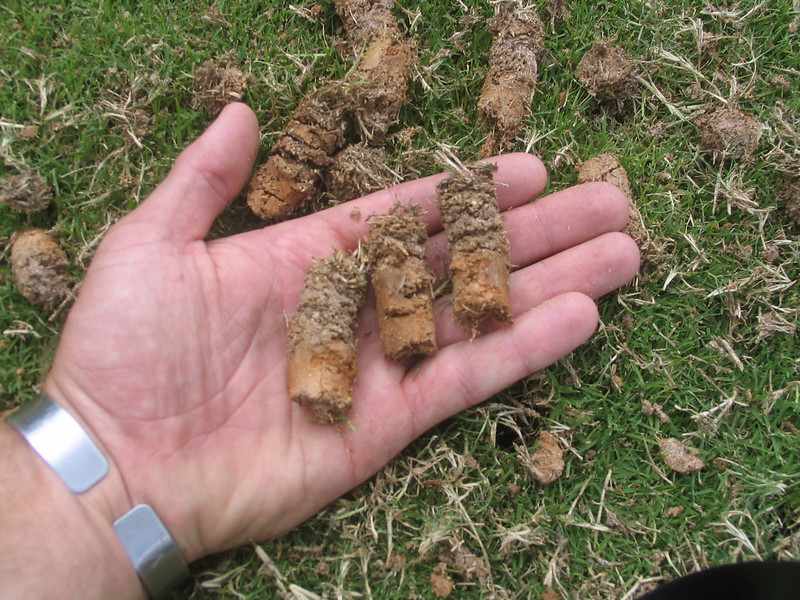
Soil compaction can stop your grass roots from being able to absorb needed nutrients from the soil. This compaction problem can be solved with core aeration.
For warm-season grasses, it is usually best to aerate your lawn in spring to allow for maximum growth during the growing season.
Choose a day that is not particularly hot and ensure the soil is slightly moist before aeration. Find areas of your lawn where water tends to pool or form puddles, and use a core aerator to dig up cores in those specific spots.
If you have tall fescue, it’s best to wait until fall.
See Related:
— How to Aerate a Lawn
— Aeration vs Dethatching: What’s the Difference?
— Can You Dethatch and Aerate at the Same Time?
DIY or Hire a Lawn Care Pro to Get Set for Spring
With the right care and timing, your lawn can thrive well into Columbia’s long, hot summer.
Not sure where to start or just want a hand with the heavy lifting? Check out our Columbia lawn care page and hire a LawnStarter lawn care pro to help with your spring lawn care to-do list. LawnStarter also has lawn care pros in other South Carolina cities, including Charleston.
Read More:
— Best Grass Seed for South Carolina
— Best Native Plants for South Carolina
Main Image Credit: Photo of a lawn mowed by a LawnStarter Pro in Columbia, SC

